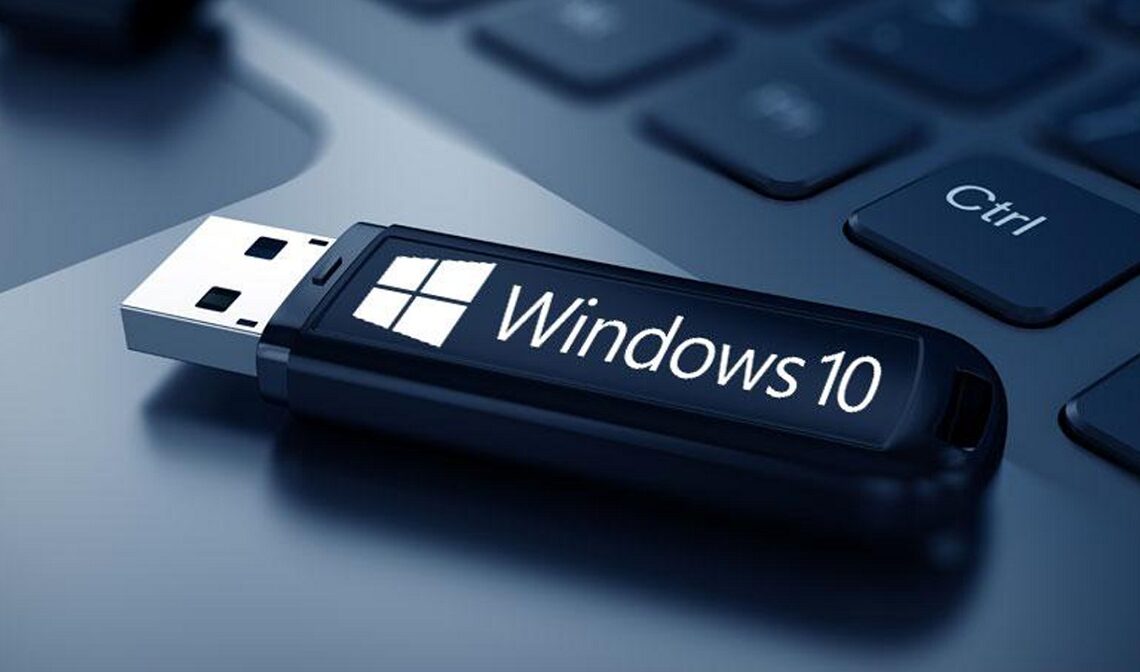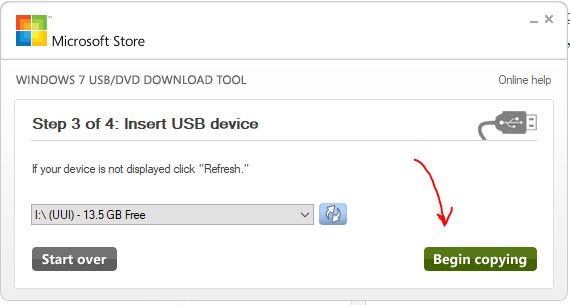

Make sure that there are no important files on the USB drive.

Warning: Any files on the USB drive will be erased during the setup process. Insert the USB into your Windows PC that you want to make the bootable USB drive on. Once you have everything you need and you’ve confirmed that the device that you’ll install on meets the minimum system requirements, you can start preparing your Windows 11 installation files. RELATED: What Happens If I Don't Upgrade to Windows 11? Create the Installation Media Windows 10 will still be supported until Q4 of 2025, so, at the time of writing, there’s no rush to upgrade. If you don’t meet these requirements, you can still install Windows 11, though this isn’t recommended since your Windows 11 experience may be buggy and you may miss out on important security updates. System Firmware: UEFI, Secure Boot Capable.Display: High-def (720p) that’s at least 9″ diagonally.Graphics Card: DirectX 12 or later with a WDDM 2.0 driver.


RELATED: How to Upgrade Your PC to Windows 11 Windows 11 Hardware Requirements When you’re done, you can remove the USB drive from that computer and insert it into the computer that you want to install Windows 11 on. You’ll also need a stable internet connection and a computer running Windows to download the ISO file and create the USB drive. If you do already have a USB drive, be sure that there are no important files on it, as it will be wiped clean during the setup process. If you don’t already have one lying around, you can find a decent USB drive online for a reasonable price. First, you’ll need a USB drive with at least 8GB of storage space. You’re going to need a few things to get started.


 0 kommentar(er)
0 kommentar(er)
